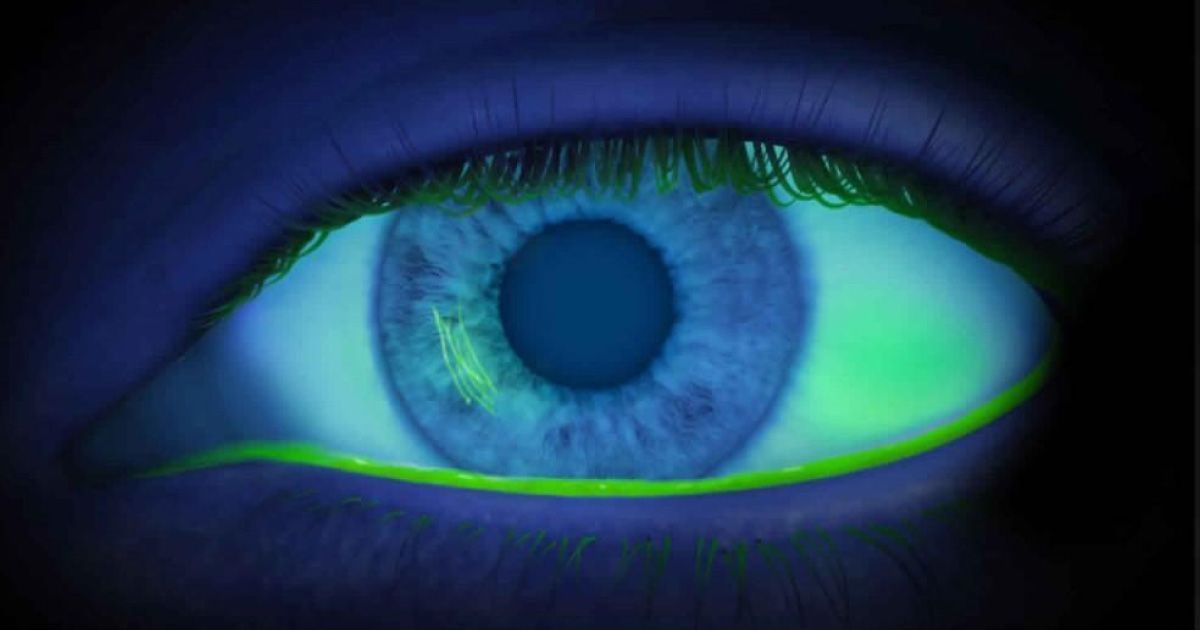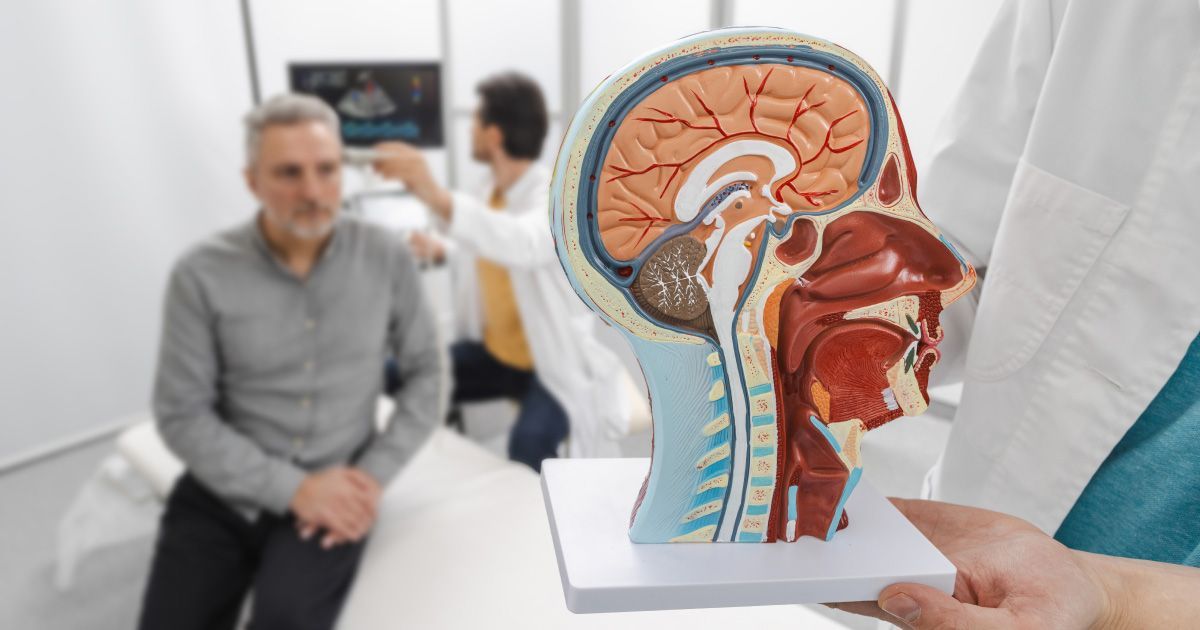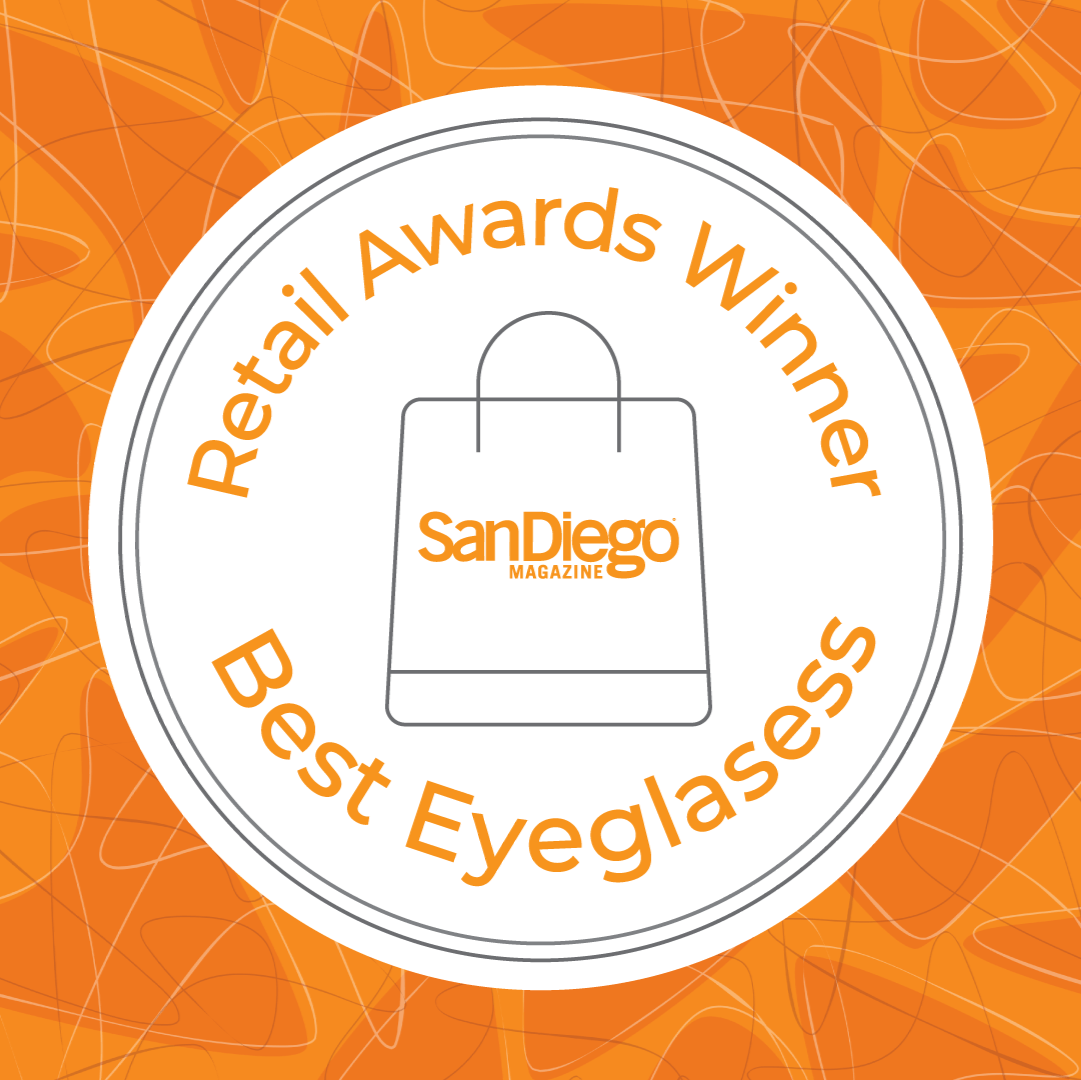Transition from Contacts to Glasses Easily

Read time: 5 minutes
Deciding to switch from contact lenses to glasses marks a significant change in how you take care of your eyes and manage your day-to-day activities. People often consider this transition for various reasons, whether it's for health, comfort, or simply wanting a new look. While contacts can be super convenient for some, glasses can offer an easier, lower-maintenance option that aligns with different lifestyles. This change can feel refreshing in a city like San Diego, where the lifestyle is vibrant and outdoor activities are plentiful.
Making the switch brings several benefits, especially in helping your eyes breathe better and reducing the risk of infections related to contact lens wear. Glasses also provide a style statement, allowing for a bit of personal flair. Moreover, glasses can be especially comforting to wear in San Diego when you're dealing with the sun and surf, offering additional protection from UV rays with the right lens choice.
Preparing for the Transition
Embarking on this new journey requires some thoughtful planning. Here’s how you can prepare yourself for the transition smoothly:
- Choose the Right Glasses: Selecting glasses that suit your face shape and lifestyle is crucial. Opt for frames that not only fit well but are also comfortable to wear throughout the day. If you lead an active life in San Diego, consider durable frames with a secure fit to keep them from slipping during outdoor activities.
- Eye Examination: Before making any significant changes, it's important to have a comprehensive eye check-up. This ensures your new prescription is up-to-date, allowing for optimal visual clarity with your new glasses. It's also a chance to discuss options with an eye care professional who can offer specific recommendations tailored to your needs.
- Daily Routine Adjustments: If you’ve been accustomed to the routine of handling contacts, shifting to glasses will change your daily habits. For instance, make a spot for your glasses so they're always easy to find. Familiarizing yourself with proper cleaning techniques will also maintain lens clarity and comfort.
Whether you're motivated by the practicality of wearing glasses or their potential as a fashion statement, preparing for the switch thoughtfully ensures a smooth transition. With the right guidance and a few adjustments, embracing glasses can be a comfortable and rewarding experience.
Overcoming Common Challenges
Transitioning from contact lenses to glasses often involves overcoming a few hurdles, but with some strategies, these can be managed without much hassle. Initially, you might notice the weight of glasses on your face, unlike the almost non-existent feel of contacts. This adjustment period is normal and won't last forever. Wearing your glasses consistently helps your facial muscles adapt, making the change easier over time.
Dealing with fogging is another common issue, especially in San Diego's varying weather. Whether you're walking into an air-conditioned space or commuting on a humid day, foggy lenses can be a nuisance. Using anti-fog sprays or wipes designed for eyewear can significantly reduce this problem, ensuring clear vision in all conditions. It's a simple solution that can make a big difference.
Adjusting to the clarity that glasses provide compared to contacts can also be a bit of a learning curve. The way light filters through lenses can be different, and it might take a little time to get used to the view. Gradually increasing the time you wear your glasses each day can help your eyes adapt to these changes without feeling strained.
Maintaining Comfort with Glasses
Keeping your glasses comfortable starts with proper care and maintenance. It's about incorporating small habits into your routine to ensure longevity and ease of use. Clean your lenses regularly with appropriate solutions to avoid scratches and smudges that can impede vision.
Routine adjustments and fittings are crucial in maintaining comfort. Over time, the arms of your glasses might loosen or the nose pads might need repositioning. Regular visits to an optometrist can help keep your glasses in good shape and comfortable for daily wear.
Consider adding accessories that enhance usability. Nose pads can add comfort, while protective cases help prevent damage when you're not wearing them. Using a well-chosen cleaning cloth ensures your lenses remain clear without causing scratches.
Embracing Urban Eyewear
Exploring eyewear can be an exciting journey, especially when you find frames that match your personality and lifestyle. Glasses aren't just about vision; they're a fashion statement too. With evolving trends and styles, there's always something new to discover that can complement your style, whether it’s bold and colorful or subtle and chic.
Confidently incorporating glasses into your personal style can add flair and uniqueness. Choose frames that suit not only your face shape but also your character and daily attire. Whether you're at work or enjoying San Diego's coastal line, your eyewear can be a true expression of who you are.
Staying updated with current trends means you'll have access to a constant flow of innovative designs. From retro-inspired frames to modern minimalist styles, the options are endless. Select pieces that reflect your individuality, while ensuring they meet your functional needs.
Seeing Clearly and Comfortably in San Diego
Making the transition from contacts to glasses can be a transformative experience. Enjoy the benefits of clearer vision, personalized style, and comfort with the right eyewear choices. Glasses not only enhance your sight but also offer a chance to highlight your personal style in a tangible way.
As you embrace this change, remember that comfort and style should go hand in hand. Take the opportunity to explore new trends and let your glasses become a part of your identity. With thoughtful choices, glasses can be more than a vision aid; they can be a defining feature of your everyday look.
Ready to take your eyewear experience to the next level in San Diego? Discover the perfect blend of style and comfort through the thoughtfully curated selection of eyewear available at Urban Optiks Optometry. From bold statement frames to subtle everyday pieces, our collection is designed to match your personal style while supporting your vision needs. Let your glasses speak for you with the perfect pair that combines fashion and function.
Share this blog post on social or with a friend:
The information provided in this article is intended for general knowledge and educational purposes only and should not be construed as medical advice. It is strongly recommended to consult with an eye care professional for personalized recommendations and guidance regarding your individual needs and eye health concerns.
All of Urban Optiks Optometry's blog posts and articles contain information carefully curated from openly sourced materials available in the public domain. We strive to ensure the accuracy and relevance of the information provided. For a comprehensive understanding of our practices and to read our full disclosure statement, please click here.


















